Horticulture
-
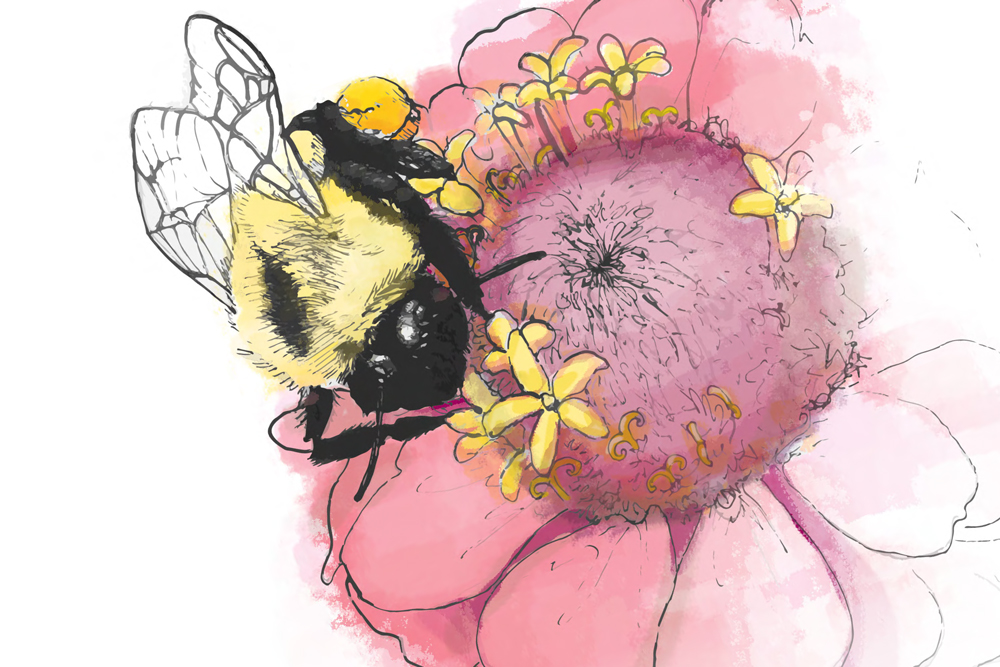
A pollinator-friendly and ecologically sustainable garden is both beautiful and able to attract and sustain beneficial insects, reducing the need for pesticides. This publication is based on new research in habitat management for purposes of planting insect-attracting plant species in order to intentionally draw insects to garden areas and urban landscapes. This is done by providing a refuge for the insects during winter and nectar and pollen resources. Plant selection directly affects beneficial insect populations, those insects that can provide ecological benefits such as biodiversity and natural pest control. This concept of “habitat management” can lead to potential increases in pollinating and other beneficial insect populations. An increase in these populations in landscapes will contribute to improved pollination of plants and biological pest control and reduce the need for pesticides.
Bethany A Harris, S. Kris Braman, Bodie V. Pennisi, and Maria Putzke
|
-

This resource describes whiteflies and the damages they cause in cucurbit crops, and offers recommendations for cucurbit crop varieties for fall season production in southern Georgia that are resistant or tolerant to silverleaf disorder and whitefly-transmitted viruses.
Nirmala Acharya, Ted McAvoy, Sudeep Bag, and David G Riley
|
-

B 1170
Herbs in Southern Gardens
Growing herbs – both annuals and perennials – is simple and rewarding. A wide variety of herbs can grow in most parts of the United States. Those featured in this publication grow well in the Deep South with its hot, humid summers and fluctuating winter temperatures.
Sheri Dorn
|
-
 New
NewThis is an annual report highlighting research conducted on Vidalia onions in recent years. Research topics include: variety trials, irrigation and fertilizer strategies, sulfur content in soils, effect of fertilizers on yield, thrips, factors affecting postharvest incidence of bacterial bulb rot, and Botrytis leaf blight.
Ted McAvoy, Christopher Todd Tyson, Luan Oliveira, and Daniel L. Jackson
|
-
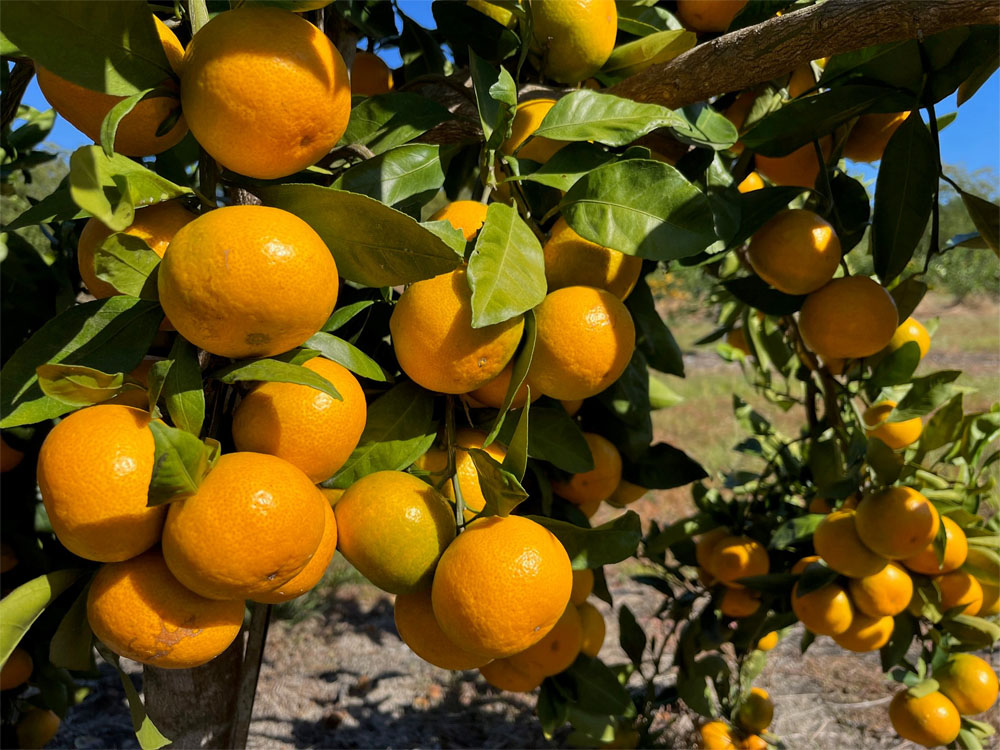
Satsumas are one of the most cold-hardy of all citrus and very adaptable to Georgia, but very little is known about growing citrus in Georgia. Commercial growers and residents often ask which early-maturing varieties are best to grow, so we evaluated juice from 12 early-maturing satsuma varieties. The varieties with the highest Brix content and best peel color are listed in this resource.
Jake Price, Mary Sutton, Joshua Dawson, and Jacob Kalina
|
-
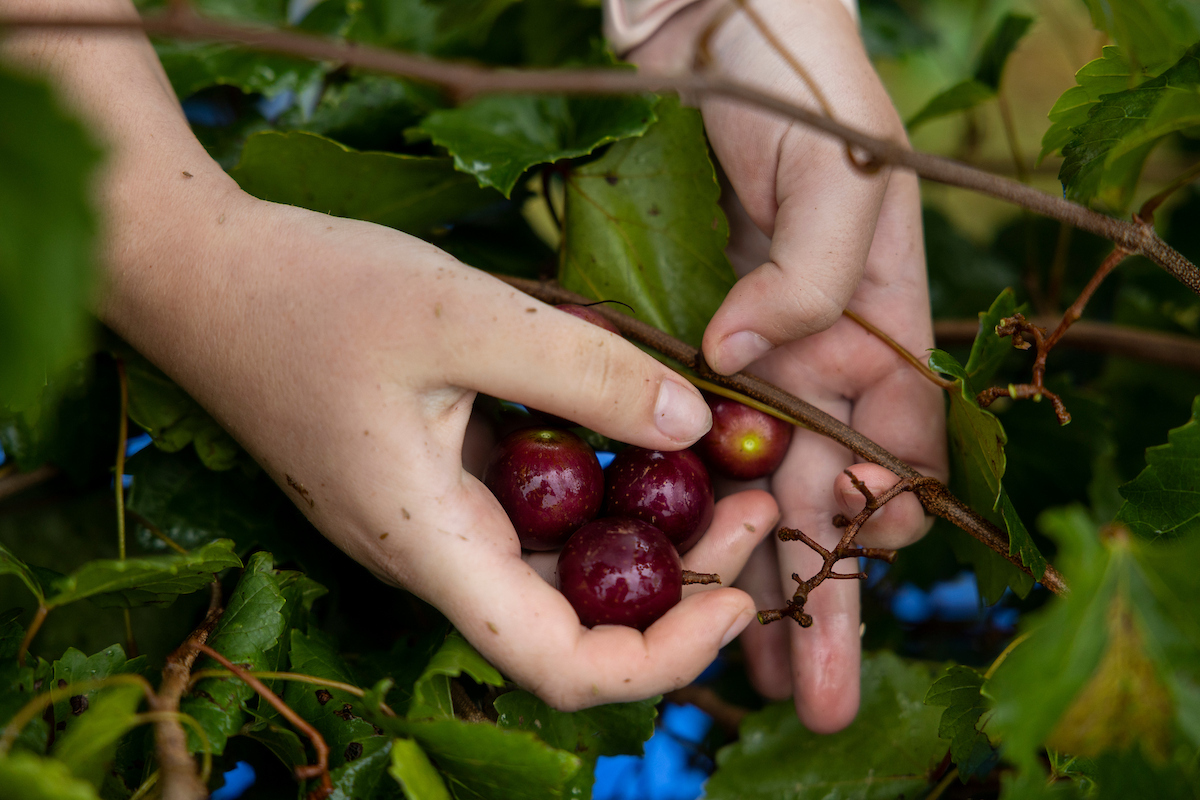
This resource will guide vineyard managers through tissue sampling to determine grapevine nutrition, which is the most reliable way to obtain information to guide fertilization decisions. We cover techniques and considerations to help make sure that vineyards can collect the material efficiently and effectively.
Bijaya Ghimire and Sarah Lowder
|
-
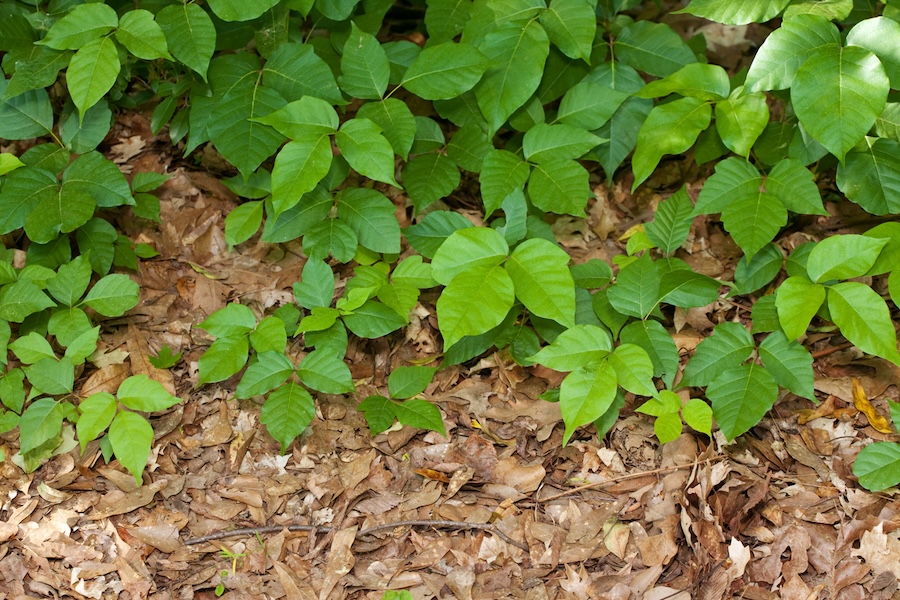
Poison ivy is a common poisonous plant in Georgia. This publication is to help hikers, campers, gardeners, and outdoor lovers identify poison ivy to stay safe and avoid potential allergic reactions.
Mark Czarnota
|
-
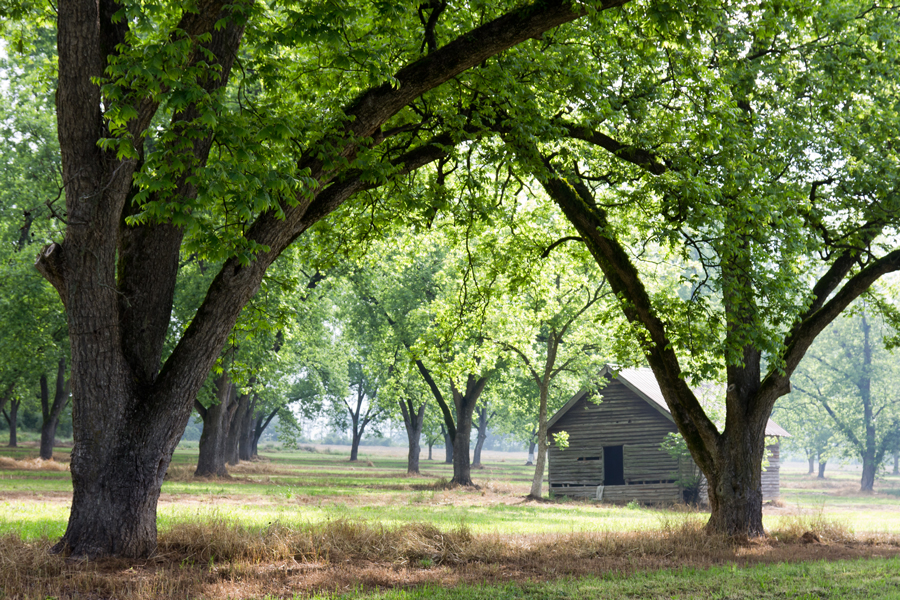
Many residents and properties in Georgia have a significant number of pecan trees or small backyard orchards. While pecan trees in commercial orchards are meticulously managed, noncommercial growers encounter challenges in applying the same level of intensive management to their own pecan trees. This guide provides essential tasks specifically designed for the care of these backyard trees.
Lenny Wells, Andrew Sawyer, Apurba Barman, and Robyn Stewart
|
-
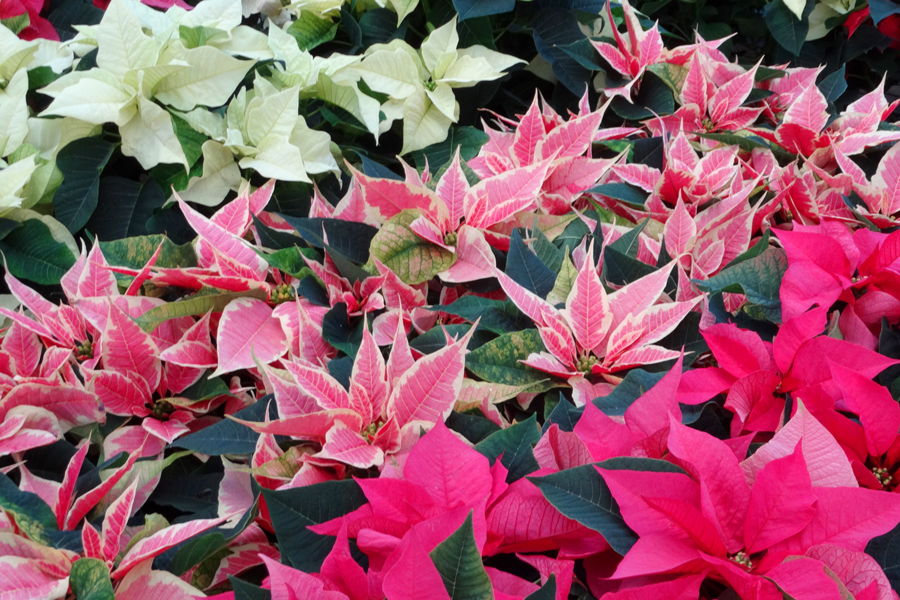
B 1580
Poinsettia Production
Poinsettia is an important ornamental crop and holiday flower. This publication provides in-depth information on poinsettia production and helps growers with plant production planning and management. It also covers poinsettia history, economics, and details the management of growing media, irrigation, and pests.
Shimat V. Joseph, Ping Yu, and Erich Schoeller
|